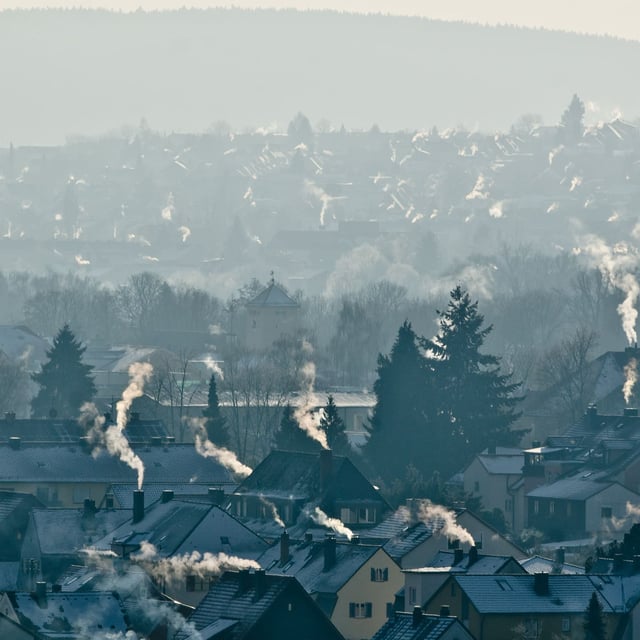Overview
- Fine dust (PM2.5) levels across Germany have reached up to five times the typical winter concentrations, posing significant health risks.
- A persistent high-pressure weather system has trapped pollutants near the ground, exacerbating air quality issues in many regions, including North Rhine-Westphalia and Saxony.
- Key contributors to the pollution include emissions from heating, traffic, industrial activity, and air masses carrying fine dust from Eastern Europe.
- The German Environment Agency (UBA) advises vulnerable populations, such as those with respiratory or cardiovascular conditions, to limit outdoor exertion during this period.
- Saxony is expected to experience worsening smog conditions over the weekend due to stagnant air and colder temperatures, while other regions may see slight improvements.



